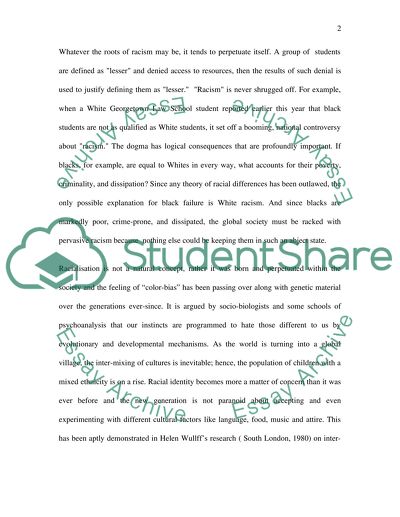Cite this document
(“Racism Essay Example | Topics and Well Written Essays - 1500 words - 1”, n.d.)
Retrieved de https://studentshare.org/miscellaneous/1519825-racism
Retrieved de https://studentshare.org/miscellaneous/1519825-racism
(Racism Essay Example | Topics and Well Written Essays - 1500 Words - 1)
https://studentshare.org/miscellaneous/1519825-racism.
https://studentshare.org/miscellaneous/1519825-racism.
“Racism Essay Example | Topics and Well Written Essays - 1500 Words - 1”, n.d. https://studentshare.org/miscellaneous/1519825-racism.


